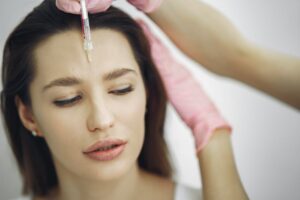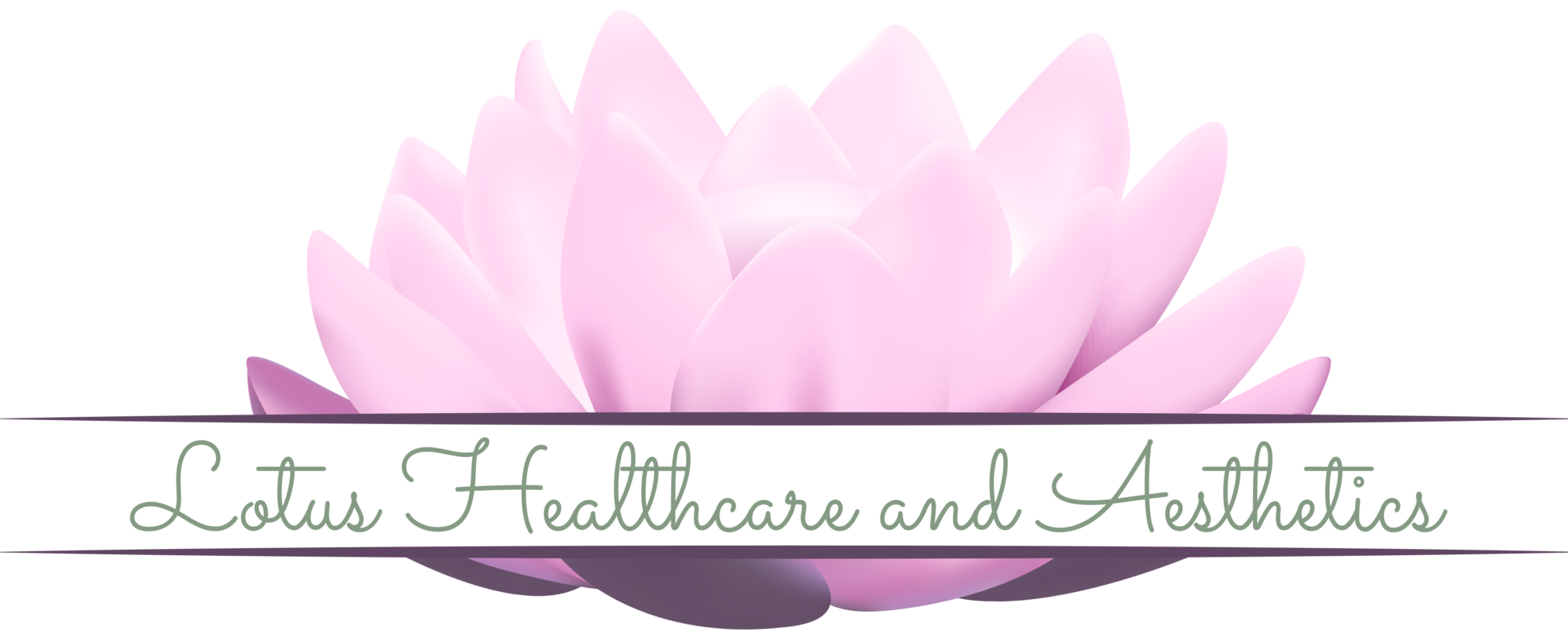The quest for eternal youth has been a pursuit ingrained in human culture for centuries. In the modern age, numerous anti-aging solutions have emerged, each promising to turn back the hands of time.
Among these, Botox has gained significant popularity as a non-surgical cosmetic treatment. However, it’s essential to explore how Botox compares to other anti-aging solutions to make informed decisions about our skincare routines.
Understanding Botox
Botox, short for botulinum toxin, is a neurotoxic protein produced by the bacterium Clostridium botulinum. While it may sound intimidating, Botox has found widespread use in cosmetic procedures due to its ability to temporarily paralyze muscles, reducing the appearance of wrinkles and fine lines. The treatment involves injecting small amounts of Botox into targeted facial muscles, inhibiting their movement and smoothing out the overlying skin.
One of the primary advantages of Botox lies in its quick and noticeable results. Patients often experience a reduction in wrinkles within a few days, with the full effects manifesting over the course of two weeks. Additionally, Botox treatments are relatively quick, requiring minimal downtime compared to other invasive procedures.
-
Botox vs. Dermal Fillers
Dermal fillers represent another popular category of non-surgical anti-aging treatments. Unlike Botox, which targets muscle contractions, dermal fillers work by adding volume to specific areas of the face. Common filler ingredients include hyaluronic acid, collagen, and calcium hydroxylapatite. While Botox focuses on relaxing muscles to diminish wrinkles, dermal fillers plump up the skin to smooth lines and restore lost volume.
One key difference is the duration of effects. Botox typically lasts three to six months, necessitating periodic injections to maintain results. In contrast, the longevity of dermal fillers varies depending on the type used, with some lasting up to two years. The choice between Botox and dermal fillers often hinges on the specific aging concerns and desired outcomes of the individual.

-
Botox vs. Chemical Peels
Chemical peels offer an alternative approach to anti-aging by promoting skin exfoliation and regeneration. These treatments involve applying a chemical solution to the skin, causing it to peel and eventually reveal a smoother, younger-looking complexion. Chemical peels can address various skin concerns, including fine lines, sun damage, and uneven pigmentation.
While Botox and chemical peels target different aspects of aging, they can complement each other in a comprehensive anti-aging regimen. Botox addresses dynamic wrinkles caused by muscle movement, while chemical peels target static wrinkles and overall skin texture. Combining both treatments can provide a holistic solution for a more youthful appearance.
-
Botox vs. Microdermabrasion
Microdermabrasion is a non-invasive procedure that exfoliates the skin’s outer layer, promoting the growth of new, smoother skin. This treatment is effective for reducing fine lines, wrinkles, and age spots. Unlike Botox, which involves injections, microdermabrasion utilizes a device that gently sands the skin.
While both Botox and microdermabrasion aim to rejuvenate the skin, their mechanisms differ significantly. Botox tackles the muscular component of wrinkles, while microdermabrasion addresses surface imperfections. The choice between the two depends on individual preferences, skin conditions, and the specific aging concerns to be addressed.
-
Botox vs. Laser Therapy
Laser therapy has become a popular option for treating various skin concerns, including wrinkles, sun damage, and uneven skin tone. Different types of lasers target specific skin layers, stimulating collagen production and promoting skin tightening. Laser treatments can be non-ablative, causing minimal damage to the skin’s surface, or ablative, removing thin layers of skin for more significant results.
Compared to Botox, which focuses on muscle contraction, laser therapy provides a broader approach to skin rejuvenation. Laser treatments can address a range of aging issues, making them suitable for individuals with diverse concerns. However, it’s essential to note that laser therapy may require multiple sessions, and results may take time to become evident.
-
Botox vs. Topical Anti-Aging Products
Topical anti-aging products, including creams, serums, and lotions, offer a non-invasive and widely accessible option for combating the signs of aging. These products often contain ingredients like retinoids, antioxidants, and peptides, aiming to hydrate the skin, boost collagen production, and reduce the appearance of wrinkles.
Compared to Botox, topical products take a gradual and preventive approach to aging. While Botox provides immediate results by targeting existing wrinkles, topical products focus on long-term skin health and may help prevent new signs of aging from forming. Many individuals choose to incorporate both Botox and topical products into their skincare routines for a comprehensive anti-aging strategy.

Considerations for Choosing Anti-Aging Solutions
Treatment Goals:
- Individuals seeking to address dynamic wrinkles caused by muscle movement may find Botox more suitable.
- Those aiming to restore volume and plumpness may opt for dermal fillers.
- Chemical peels and microdermabrasion are ideal for improving overall skin texture.
- Laser therapy offers a versatile solution for various aging concerns.
Budget and Time Commitment:
- Botox and dermal fillers require periodic sessions and maintenance costs.
- Chemical peels, microdermabrasion, and laser therapy may have varying session intervals and costs.
- Topical products offer a cost-effective and convenient option.
Downtime Tolerance:
- Botox and dermal fillers typically involve minimal to no downtime.
- Chemical peels, microdermabrasion, and some laser treatments may require downtime for skin recovery.
- Topical products involve no downtime.
Skin Type and Sensitivity:
- Individuals with sensitive skin may prefer non-invasive options like Botox, dermal fillers, or topical products.
- Laser therapy and chemical peels may be suitable for those with resilient skin.
Conclusion
Botox, with its muscle-relaxing properties, has carved a niche in the cosmetic industry and remains a popular choice. However, the effectiveness of any anti-aging treatment depends on factors such as treatment goals, budget, time commitment, and individual skin characteristics.
Ultimately, the decision between Botox and alternative anti-aging solutions is highly personal. It’s advisable to consult with skincare professionals to assess individual needs and create a customized plan that may include a combination of treatments for optimal results.
As technology and skincare advancements continue, the array of options available ensures that individuals can find a solution that aligns with their goals and lifestyle. Whether opting for Botox, dermal fillers, laser therapy, or topical products, the key is to make informed choices that promote both outer beauty and skin health in the long run.



